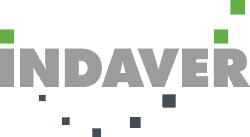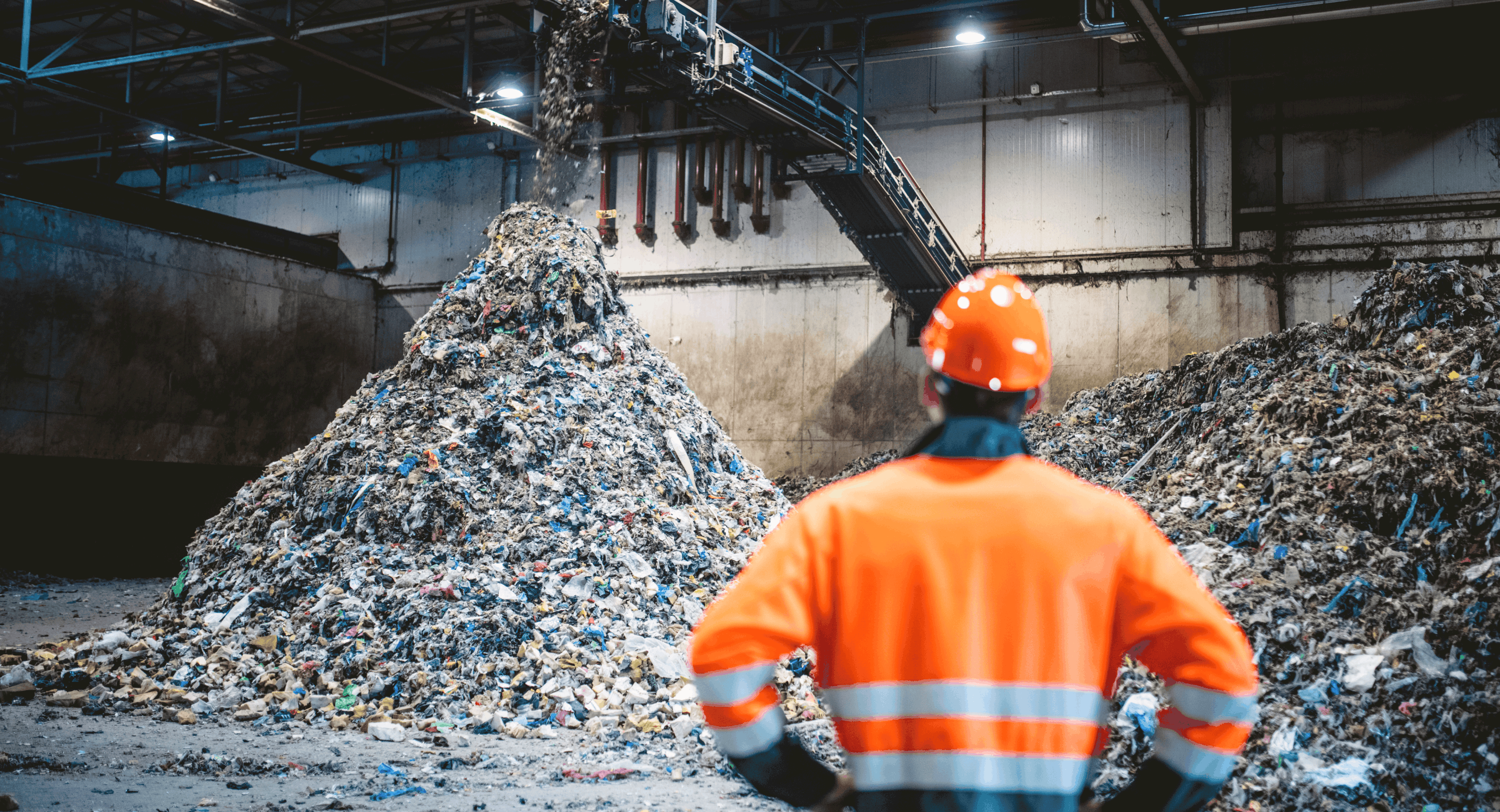
Indaver Brings Waste Management into the Modern Age

Managing wastewater began as early as 6500 BCE, with roots in Mesopotamia. Modern waste management practices generally started in the mid 18th century, with calls to establish a municipal authority that would manage waste collection and disposal starting as early as 1750 in London. Fast-forward to the present day, and waste disposal have become sophisticated, involving a complex network of field workers, logistical challenges, and digital solutions to facilitate waste transportation.
Indaver is based out of Belgium with over 30 locations ranging from Germany, Ireland, UK, the Netherlands, Italy, Spain, and Portugal. Providing services throughout Europe, Indaver handles over 5 million tonnes of waste every year. From on-site recycling to the final treatment of waste, their services cover the entire waste management chain. Their processes include the identification and categorization of their client’s waste, then applying appropriate treatment to ensure the waste is no longer hazardous for disposal. In addition, Indaver has closed the loop from client waste by establishing recovery installations, which transform waste back into reusable energy.
Waste Management Has a Data Visibility Problem
To process waste, Indaver is governed by regulations that vary depending on where the waste is located and whether it is crossing national or regional borders. These regulations are necessary, as they ensure the waste does not become a health hazard for the surrounding communities. Due to the complexity of handling waste products, these regulations are similarly complex. Complying with these diverse regulations requires masses of data, provided by both Indaver and its clients, clarifying important details about the nature of the waste being transported and how it’s handled at each step in the disposal process.
The information that guides Indaver’s waste management process and ensures regulatory compliance originates from several different sources. Previously, data needed to be reentered into multiple systems as each step of the waste management process was completed, requiring Indaver employees to manually type critical data into SAP. Each information transfer introduced the risk of inaccurate data, and the lack of a central location to view this data meant maintaining line of sight into its accuracy was difficult. The risk of inaccurate data, and its inaccessibility meant not just risk, but also a painstaking process for sales and operations teams that would find it valuable for growing their business. The data was there – it was simply not accessible for the many stakeholders working with the data.
Using Agile to Optimize Core Processes
Stephan De Bruijn, IT Manager of Business Information Systems (BIS), was tasked with solving this. Recognizing the need for a platform that could handle their complex waste management process, De Bruijn turned to low-code to build a new tool for their company. He also implemented a critical low-code principle – setting up sprint planning and agile ceremonies. Working with Jan Ickroth from Mendify, a Mendix implementation partner, Ickroth was critical in coaching De Bruijn and the team on leveraging this new capability of in-house application development.
Since the introduction of Mendix a few years ago, De Bruijn and Ickroth have created applications that improve the processes used by both their internal employees and their customers. Between the applications, they have optimized core business processes, including waste collection, transportation, and handling, and planning the eventual destruction of the waste. As De Bruijn explains, “without Mendix it would be impossible to deliver such a complex integrated process close to the needs of field operations teams.”
As part of the agile ceremonies, De Bruijn engaged waste management experts that could provide detailed information on their process, critical data that needed to be stored, and feedback on the applications De Bruijn and his team creating. Working with Annick Van Driessen, International Director of Supply Chain Operations, and Gregory Cloquet, International Sales & Marketing Systems Manager, De Bruijn made sure that integrated experts in waste management throughout the development process.
Bringing Transparency to Critical Data in SAP
De Bruijn, with help from Ickroth, has developed an ecosystem of applications that operate at the core of Indaver’s business. From sales and operations planning (S&OP) to a ‘Waste Passport’ that provides confirmation to both internal and external Indaver stakeholders of the waste to be disposed of, their work has touched virtually every process the company undertakes.
The S&OP application has received high praise from Indaver’s sales and operations teams. As De Bruijn explains, prior to these applications “[Indaver] was missing easy planning” for their waste management process, including expected demand and available inventory. De Bruijn and Ickroth created an application that provides the teams with forecasts related to sales, production, and inventory, customer lead times, and even informs new product development. These forecasts are then used by Indaver to influence strategic initiatives and better inform financial planning.
Indaver’s waste processing capacity and actual production capabilities require tight alignment. By integrating to their SAP instance and other ERP tools used for their waste management workflow, demand and capacity planning is more accurate. Now that Indaver’s sales and operations teams have this internal tool, they can align waste production with their actual capacity, leading to new efficiency with their waste management process.
The Future of Waste Management
De Bruijn describes that their waste management process “used to have discrepancies with information, [the new apps are] saving time, reducing risk, and providing peace of mind.” Their ambitions don’t stop there, they have recognized the value of a low-code platform and are now preparing to expand their Mendix development team. Low-code as a concept has taken hold, and their development practices have become more capable of responding to business needs. De Bruijn’s team can now co-create with waste management experts and integrate requirements during development, leading to solutions that will be a step ahead of the competition.